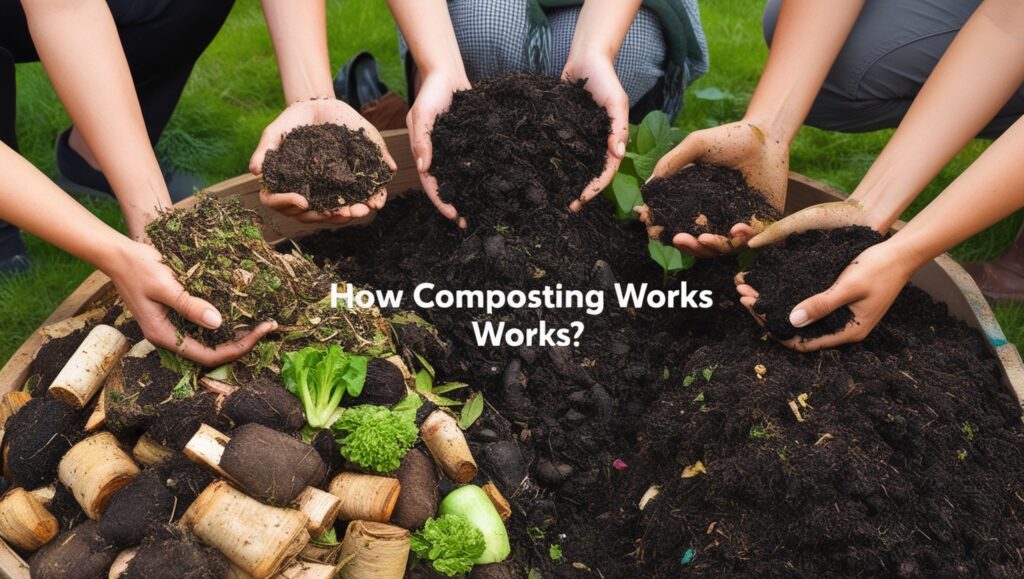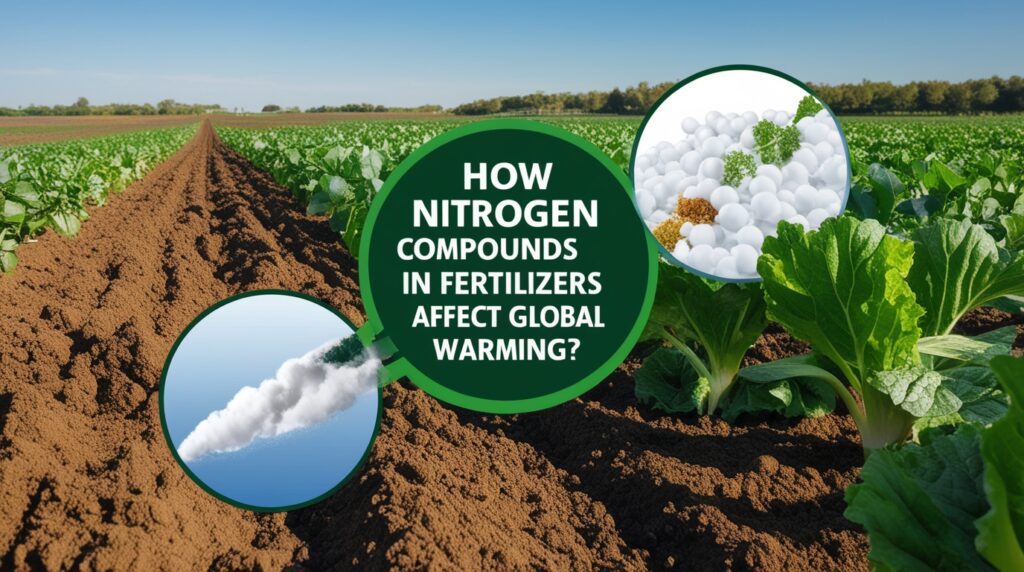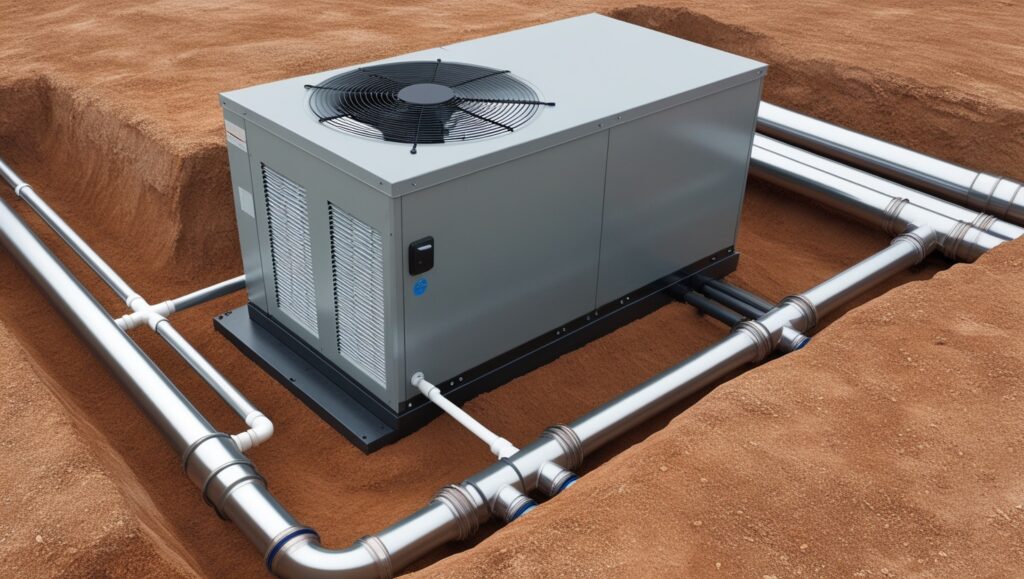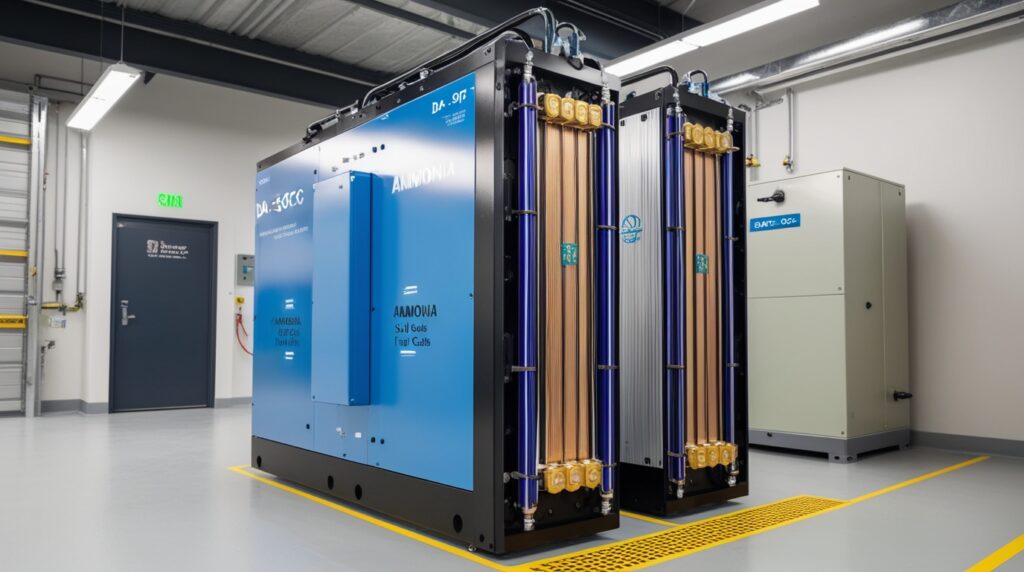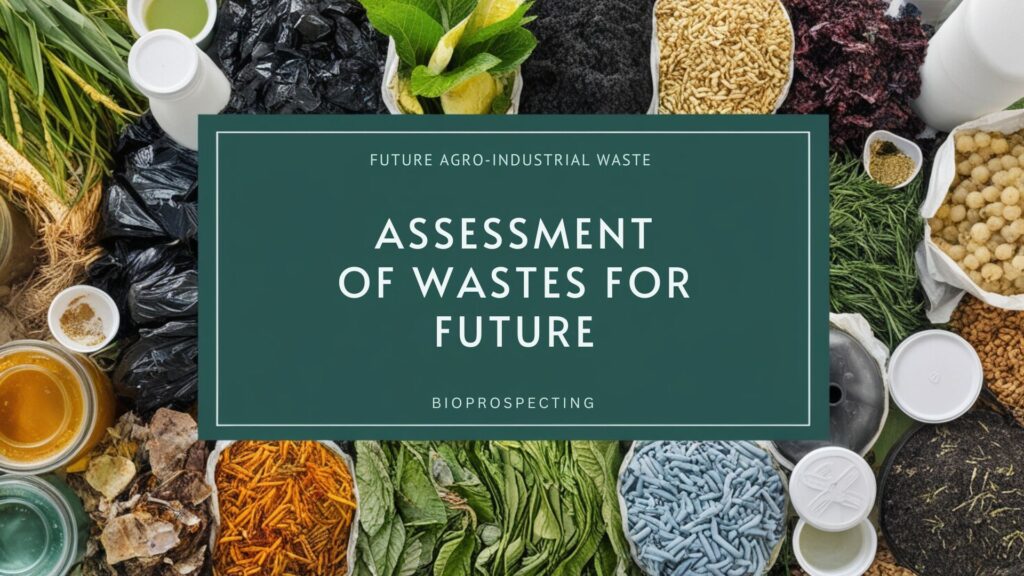
Introduction
Assessment of Wastes for Future Bioprospecting refers to the systematic evaluation of various waste materials, particularly from agro-industrial sectors, for their potential to yield valuable bioproducts through biotechnological processes. This field has gained significant attention due to the escalating global waste crisis and the pressing need for sustainable waste management strategies that can contribute to environmental preservation while simultaneously creating economic value. By identifying and harnessing the biochemical properties of waste, researchers aim to transform by-products from food processing, agriculture, and other industries into biofuels, biopolymers, and other bioactive compounds. Notably, agro-industrial waste—including food waste, plastic waste, dairy waste, and cereal waste—constitutes a major portion of the waste generated worldwide.
This waste is rich in organic materials that can be processed through methods like solid-state fermentation to produce useful substances, thereby promoting a circular economy. However, the management and utilization of these waste streams pose numerous challenges, including economic feasibility, technological barriers, and complex environmental impacts associated with waste processing and disposal. Prominent controversies in this field revolve around the efficacy and scalability of bioprocessing technologies. Critics argue that while bioprospecting offers promising solutions for waste valorization, substantial investments in research and infrastructure are required to overcome the limitations of current methods, including the high costs of pre-treatment and purification processes.
Furthermore, the integration of bioprospecting practices into existing waste management frameworks is often hindered by regulatory challenges and the need for interdisciplinary collaboration between scientific and policy-making communities. Ultimately, the assessment of wastes for bioprospecting embodies a vital intersection of innovation, sustainability, and economic opportunity, with the potential to mitigate environmental issues while fostering the development of green technologies that can redefine waste from a burden to a resource.
Types of Wastes
Agro-Industrial Waste
Agro-industrial waste encompasses the by-products generated during the processing of agricultural products, including fruits, vegetables, cereals, and dairy. This type of waste is the largest contributor to global waste generation within the agro-food sector, resulting from both natural processes and industrial activities. The composition of agro-industrial waste often includes organic materials rich in sugars, proteins, and minerals, making it a valuable resource for various bioprocesses. Significant efforts are focused on transforming these wastes into bioactive compounds and biofuels, utilizing methods such as solid-state fermentation (SSF), which efficiently converts these substrates into beneficial products.
Food Waste
Food waste is a significant component of agro-industrial waste, primarily arising from the removal of undesirable parts of food products during processing. This waste poses serious environmental challenges, especially in low-income regions where inadequate disposal methods exacerbate socio-economic issues. In contrast, high-income countries generate substantial household waste due to consumer behavior and excessive product usage. Effective management and utilization of food waste are vital for achieving sustainability in waste reduction and resource recovery.
Plastic Waste
Plastic waste has emerged as a critical environmental challenge, particularly in developing countries, where mismanagement and pollution are rampant. The characteristics of plastic waste vary widely, influencing recycling initiatives and strategies for effective waste management. Various studies highlight the importance of improving recycling technologies and practices to mitigate the environmental impact of plastic waste.
Dairy Waste
Dairy waste, a by-product of milk processing, represents another valuable resource for bioprospecting. This waste can be utilized to produce various products, including biosurfactants, through minimal pre-treatment processes. The use of dairy waste in industrial applications not only reduces the volume of waste generated but also contributes to the sustainability of the food industry by providing renewable substrates for bioactive product synthesis.
Cereal Waste
Cereal waste, generated from processing grains such as wheat, rice, and maize, ranks high among the types of agro-wastes suitable for bioconversion. This waste serves as an ideal substrate for solid-state fermentation due to its lignocellulosic composition, which can be harnessed for enzyme production and other high-value bioactive compounds. The efficient utilization of cereal waste is vital in promoting circular economy practices within the agricultural sector.

Methods of Waste Assessment
Overview of Waste Assessment Techniques
Waste assessment methods are critical for evaluating the potential of various types of waste for bioprospecting and resource recovery. These techniques can be broadly categorized into analytical, physical, and biological methods, each providing unique insights into the composition and potential utility of waste materials.
Analytical Methods
Chemical Composition Analysis
Analytical methods, such as chemical composition analysis, help identify the types and quantities of bioactive compounds present in waste materials. Techniques like Gas Chromatography-Mass Spectrometry (GC-MS) and High-Performance Liquid Chromatography (HPLC) are frequently employed to analyze complex mixtures of organic compounds derived from agro-industrial waste. These analyses provide a foundational understanding necessary for determining the feasibility of extracting valuable materials.
Nutritional Profiling
Nutritional profiling is another essential analytical technique that assesses the content of macro- and micronutrients in waste products. This information can indicate the suitability of waste as a substrate for microbial fermentation or as a source of bioactive compounds. Such profiles can also inform the development of nutraceuticals and functional foods from food waste sources.
Physical Assessment of Wastes Methods
Waste Characterization
Physical assessment methods include waste characterization, which involves classifying waste based on its physical properties such as texture, density, and moisture content. This characterization is vital for understanding how different types of waste can be processed and utilized effectively. For example, the moisture content can influence the choice of extraction methods, with lower moisture levels often favoring solvent-based extractions.
Solid-State Fermentation Suitability
Cereal waste, for instance, is evaluated for its potential as a substrate in solid-state fermentation (SSF). Factors such as lignocellulosic composition and carbon source availability are assessed to determine the waste’s efficacy in enzyme production processes. The hierarchical model of waste management emphasizes the recycling of inedible waste, which can enhance the efficiency of SSF applications.
Biological Methods
Microbial Activity Assessment
Biological methods focus on assessing the microbial activity within waste materials. Techniques such as culture-dependent and culture-independent methods (e.g., metagenomics) are employed to evaluate the diversity and abundance of microbial communities capable of bioconverting waste into valuable products. This bioprospecting approach can uncover novel microbial strains that produce biopolymers or enzymes from waste substrates.
Enzyme Production Evaluation
Further biological assessments involve measuring enzyme production during fermentation processes. Evaluating the types and quantities of enzymes produced can provide insights into the potential applications of waste-derived products in various industries, including food, pharmaceuticals, and bioplastics.
Applications of Bioprospecting from Waste
Waste Valorisation for Bioproducts
Bioprospecting from waste involves the conversion of waste materials into valuable bioproducts, such as biopolymers and biofuels. This approach, often described as waste-as-a-value or zero-waste strategy, aims to utilize side streams in bioprocesses that not only replace fossil fuel feedstocks but also contribute to a sustainable carbon cycle. The transformation of waste into eco-friendly products supports an environmentally benign campaign, promoting non-toxic, biodegradable, and biocompatible materials that alleviate issues like global warming, pollution, and natural resource depletion.
Microbial Enzymes in Plastic Degradation
Microbial bioprospecting has also shown potential in addressing microplastic pollution. Various microorganisms produce enzymes capable of degrading synthetic plastics, thus presenting a sustainable solution for bioremediation. For example, enzymes such as IsPETase and IsMHETase from Ideonella sakaiensis can depolymerize plastic chains into harmless byproducts like carbon dioxide and water. Furthermore, the diverse array of microbial communities offers enhanced efficiency in degrading xenobiotic pollutants compared to single strains, making these consortia valuable for improving plastic biodegradation.
Biofuel Production from Lignocellulosic Biomass
The production of biofuels from lignocellulosic biomass represents another crucial application of bioprospecting. Microorganisms capable of fermenting pentose and hexose sugars derived from lignocellulosic materials are sought after for their potential in creating environmentally friendly fuels such as bioethanol, biodiesel, and biohydrogen. The ability to utilize various feedstocks, coupled with advancements in metabolic engineering, positions engineered microbes as vital players in developing economically sustainable biofuel production processes.
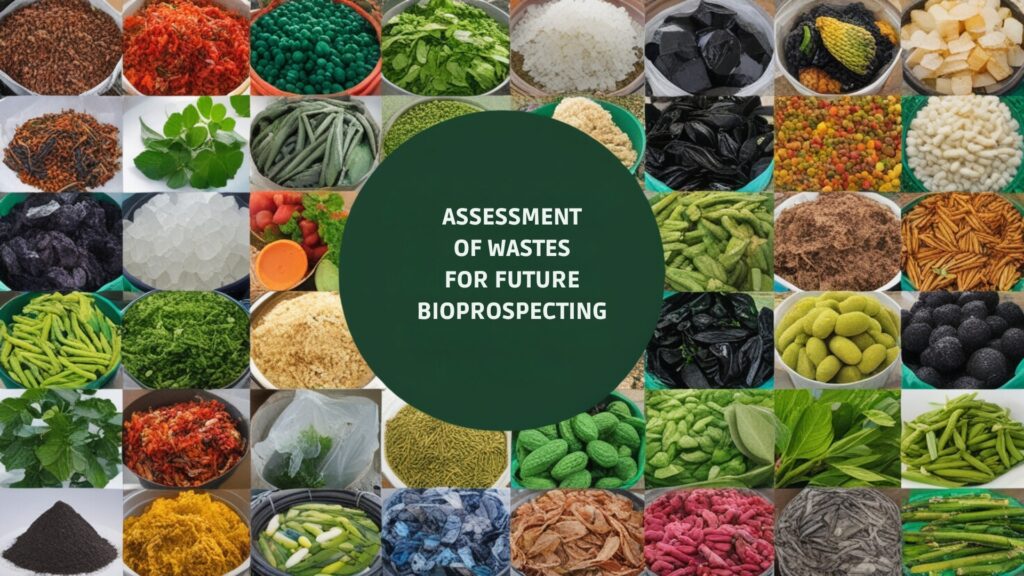
Challenges in Waste Assessment for Bioprospecting
Economic and Technical Considerations
The commercial viability of bioprocesses using waste materials is heavily influenced by economic factors, including the availability and cost of substrates. For instance, to maintain consistent pricing, substrates must be accessible in sufficient quantities at a fair local price throughout the year. Additionally, the costs associated with storage and transportation of these substrates can be significant, impacting the overall feasibility of biosurfactant production from less-treated industrial wast. The choice of production methods is also determined by various factors, such as the specific biosurfactant of interest, the microbe used, and the scale of production, making it essential to evaluate cost-effectiveness, environmental impact, and purity in selecting the appropriate technique.
Environmental Impact and Waste Management
The generation of waste from various industries, particularly food processing and agriculture, poses considerable environmental and public health challenges. The repurposing of waste materials into valuable products, such as biosurfactants, not only mitigates these impacts but also promotes sustainability. Nevertheless, the treatment of industrial waste presents obstacles, including pre-treatment complexities, transportation costs, and raw material accessibility. To optimize the use of industrial waste as feedstocks, it is critical to minimize the required pre-treatment and purification processes, thus reducing operational and capital expense.
Technical Barriers and Resource Limitations
The lack of suitable pilot and testing facilities for larger-scale operations remains a significant barrier in Europe, where most academic labs are limited to small-scale setups. This mismatch between industry needs and available resources complicates the transition from laboratory to commercial applications. Furthermore, the limited number of technical specialists in the field may result in skill gaps, hampering innovation and the development of multidisciplinary approaches necessary for effective waste management and bioprospecting.
Complex Environmental Matrices
Working with complex environmental matrices, such as sewage sludge or wastewater, introduces additional challenges in extracting valuable compounds. These matrices often require multiple steps to isolate materials, which can increase costs and complicate the process due to the need for additional reagents and chemicals. Consequently, the integration of simpler, more effective methods is vital for advancing the field of waste biorefinery and ensuring efficient bioprospecting practices.
Case Studies
Utilization of Agricultural Waste
Recent research has highlighted the effective use of agricultural waste to produce valuable biosurfactants, promoting sustainable practices in waste management. The process involves utilizing various organic waste materials such as crop residues, fruit and vegetable peels, and by-products from agro-industrial activities as substrates for biosurfactant synthesis. This approach not only adds value to organic waste but also mitigates environmental impacts associated with waste disposal, fostering a circular economy model in agricultural practices.
Trichoderma Species as Active Ingredients
In the context of bioprocessing, the exploration of Trichoderma species has shown significant potential as active ingredients in disease management. Various strains have been employed successfully for their specific and long-lasting effects, leading to enhanced yields in cash crops. The efficacy of combining different strains or species with fungicides is an area of active research, contributing to more effective formulations.
Bioprocessing of Food Wastes
The valorization of food waste through bioprocessing has garnered increasing attention due to its potential to produce renewable bioproducts. Techniques such as solid-state fermentation are being utilized to convert cereal food waste into enzymes, illustrating the capability of agricultural residues to serve as cost-effective carbon sources in bioprocesses. This method aligns with recent shifts in legislation promoting the reduction of organic waste in landfills, thus supporting a new hierarchy in waste management.
Waste-to-Wealth Initiatives
Innovative bioprocessing strategies are addressing waste management challenges by transforming waste materials, including municipal solid and liquid waste, into value-added bioproducts. These initiatives emphasize the concept of waste-to-wealth, underscoring the environmental and economic benefits of utilizing waste as a resource. Such practices not only enhance environmental sustainability but also present opportunities for commercializing novel products, thereby contributing to a greener economy.
Environmental Impact and Policy Integration
A critical aspect of these case studies is the need for a strong connection between academia and policymaking. To fully realize the potential of waste valorization, governmental actions must support the large-scale implementation of technologies that promote the utilization of agricultural and food waste as new raw materials. Collaborative efforts between scientific communities and policymakers are essential to address the economic analysis and social implications associated with these bioprocesses, ensuring that the transition to a sustainable future is effectively managed.
Future Perspectives
The exploration of waste as a resource for bioprospecting is expected to yield significant economic and environmental benefits in the coming years. As society increasingly embraces the principles of sustainability and the circular economy, innovative solutions for waste management are becoming more relevant. For instance, the development of biosurfactants from fruit waste can enhance the ecological footprint of the fruit sector by aligning with sustainable practices and reducing garbage disposal challenges. Continued research in this field could lead to the widespread application of these biosurfactants across various industries, thereby transforming waste into valuable bioproducts.
Moreover, sustainable agriculture practices will play a critical role in this evolution. When farmers perceive tangible short-term economic benefits from adopting sustainable methods, they are more likely to engage in these practices. This alignment with economic viability, environmental safety, and social acceptability is crucial for the successful implementation of integrated pest management strategies, which aim to meet the needs of all stakeholders in the agricultural value chain. The utilization of agro-industrial waste, particularly cereal waste, stands as another promising avenue for future bioprospecting. This waste not only serves as an eco-friendly substrate for solid-state fermentation to produce enzymes but also supports the hierarchical recycling of unavoidable waste.
By leveraging these resources, it becomes possible to create a more sustainable food system, addressing both food security and waste management challenges. Additionally, bioprospecting can provide essential insights into microbial enzymes capable of degrading plastics, thereby addressing the pressing issue of plastic pollution. This emerging research area highlights the potential of utilizing microbes to develop bioremediative solutions, underscoring the need for innovative waste disposal practices to manage litter more effectively.
